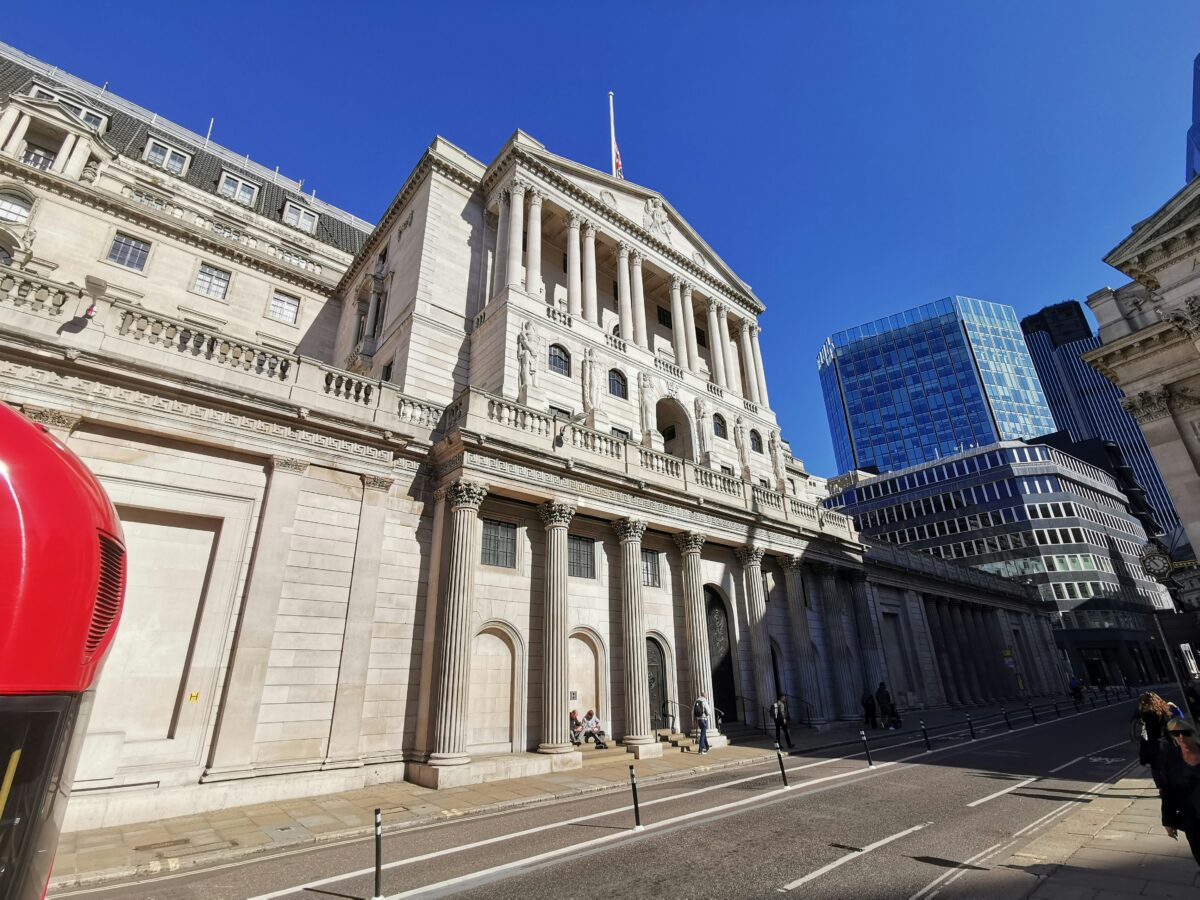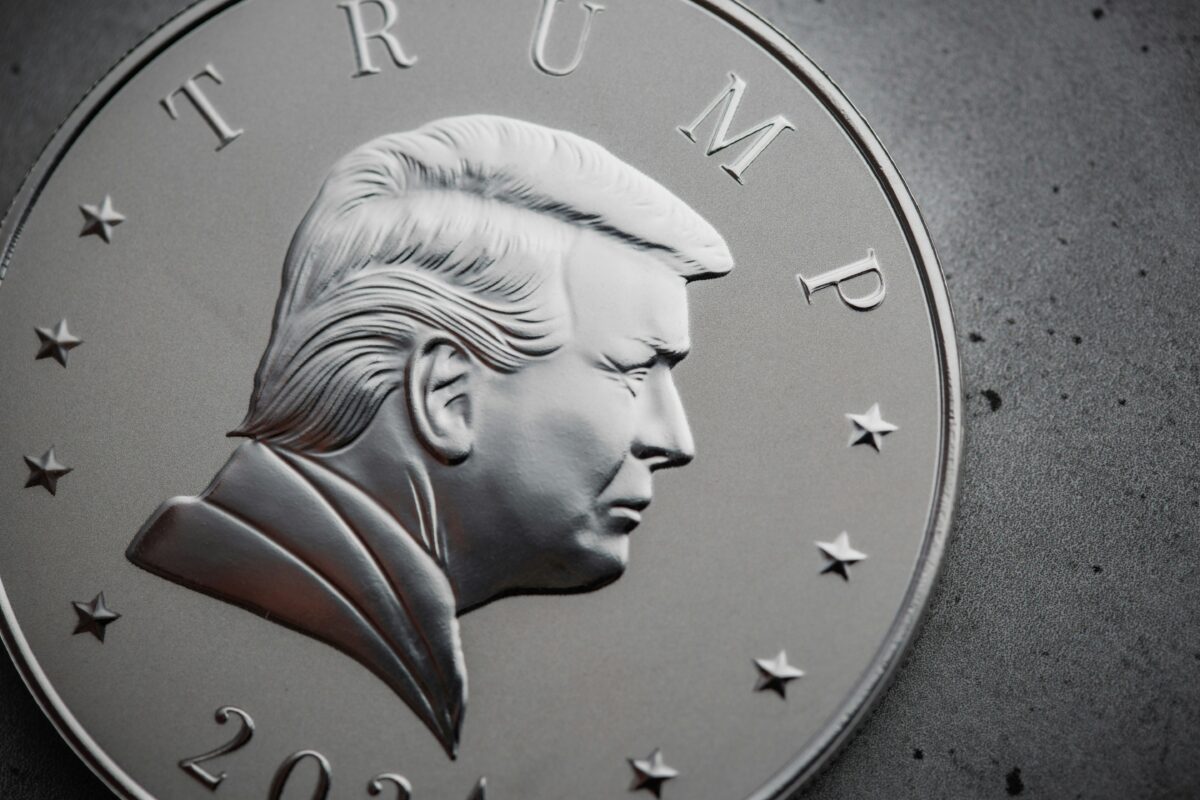It’s a pivotal moment for investors in the US – as it is for those right across the globe. The US presidential election on 5 November is proving too close to call with Trump and Harris still neck and neck in the polls.
Meanwhile the S&P 500’s impressive rally (up 21% year to date) has until recently been dominated by a small number of stocks in the Magnificent Seven. Now, however, it is broadening out to the small and mid-cap sectors, with the equal-weight S&P 500 index hitting a record high last week.
What might the US election mean for investors, and will the rally continue to broaden? In a roundtable today hosted by the Association of Investment Companies (AIC), the team from AIC asked investment trust managers from the North America and North American US Smaller Companies sectors for their views on investing in the US at this critical time.
What impact will the election have on the US market?
Jeremiah Buckley, Manager of The North American Income Trust, said: “The election results could cause some volatility over the short term for markets, but we don’t believe the result will have a meaningful impact on the medium to long-term outlook for US equities. When we look at history, there hasn’t been a material difference in the performance of the US equity market when either party has the presidency. There are numerous examples of strong performance when each party has held the top office.
“I think the best outcome might be if we have a split government where neither party has control of all three branches, making it harder to push through new legislation and forcing the parties to compromise. This could potentially create less uncertainty around policy and limit any dramatic shifts.”
Dean Orrico, Lead Portfolio Manager of Middlefield Canadian Income Trust, said: “The upcoming election will likely create short-term volatility, but its long-term impact is moderated by the checks and balances inherent in the US system. A Trump victory could benefit sectors like energy, financials, traditional infrastructure and energy infrastructure, driven by pro-business policies, tax cuts, deregulation and increased spending on domestic energy projects. Energy infrastructure stocks, in particular, could see an uplift under Trump’s policies aimed at bolstering US energy independence and modernising the grid.
“On the other hand, if Kamala Harris wins, there may be more focus on clean energy, technology and healthcare, as her policies would likely emphasise sustainability and social equity. Clean energy infrastructure, such as wind and solar projects, would likely receive a boost under her administration, offering long-term growth potential for investors focused on the energy transition.”
Felise Agranoff, Co-Manager of JPMorgan American Investment Trust, said: “Whilst the US presidential election may spark some market jitters, due to uncertainty regarding the winner’s domestic political priorities and their stance on various geopolitical situations, the economy appears to be on a sound footing and should be supported as we enter a cycle of interest rate cuts. As a result, our approach to stock picking remains unchanged, irrespective of the pending election or its outcome. We will continue to focus on high-conviction stocks and invest in quality businesses with good management teams and strong balance sheets.”
Gary Robinson, Co-Manager of Baillie Gifford US Growth Trust, said: “Honestly, I have no idea. What I do know is that, in the long run, it’s company fundamentals that matter most. Our ideal holding period at Baillie Gifford transcends election cycles. We’ve held companies like Amazon for decades, focusing on those with the resilience and adaptability to thrive in any environment. While the political backdrop can marginally influence the path to outcomes, I don’t believe it will have a major bearing on the success of companies involved in long-term structural growth trends like e-commerce and electrification.”
Where do you see the biggest opportunities for stock pickers in the US?
David Zhao, Co-Manager of BlackRock Sustainable American Income Trust, said: ”Investors have focused on a handful of communication and technology stocks in the US market. AI technology companies have been an obvious choice at a time when investors were nervous about the outcome for the US economy. But with a soft landing increasingly likely, there is evidence that investors are starting to broaden their focus, and look to other, fresher growth themes in the US market.
“The US healthcare sector has been supported by long-term demographic trends and there is also significant innovation in this sector. Breakthrough drugs on obesity, cancer and gene therapy could be a game changer for a number of the pharmaceutical giants. In 2023, GLP1 drugs, designed to tackle obesity and diabetes, proved to be blockbusters, and the growth prospects for some of those new products remain very strong.”
Felise Agranoff, Co-Manager of JPMorgan American Investment Trust, said: “We are currently seeing good opportunities in the consumer discretionary and healthcare sectors. While many are worried about the health of the consumer, which is causing some volatility in the space, we were able to take advantage of this by adding McDonald’s to the portfolio. We believe the fast food chain is well positioned in the current environment as it has an iconic brand and a very defensive model.”
Gary Robinson, Co-Manager of Baillie Gifford US Growth Trust, said: “During the past decade, big tech stocks like Apple and Alphabet have moved from being seen as risky bets to being viewed as reliable compounders, deserving of premium multiples. So, where do I see the biggest opportunities now? It’s in areas of disruption and change. We’re looking for exceptional growth companies that are addressing large markets, have the ability to build a competitive edge, and possess distinctive cultures. We’re looking for those companies with that ‘special sauce’.
“Opportunities abound across various sectors. For example, in the shift to e-commerce, companies like Amazon and Shopify are leading the way. In content consumption and entertainment, Netflix and Roblox are reshaping how we engage. Education is being transformed by platforms like Duolingo and Coursera, making learning more accessible and enjoyable. And in transportation, the electrification and digitisation led by companies like Tesla and Rivian are changing how we move. Anything undergoing structural change is where I believe the biggest opportunities for stock pickers in the US lie.”
Dean Orrico, Lead Portfolio Manager of Middlefield Canadian Income Trust, said: “We believe that market breadth is widening as AI-related stocks take a breather. This shift opens up new opportunities in dividend-paying sectors like healthcare, real estate, and energy infrastructure. In healthcare, for example, advancements in GLP-1 drugs for diabetes and weight management are gaining significant traction, with potential to reshape the treatment landscape for chronic diseases. On the med tech front, innovations like robotic-assisted surgery and molecular diagnostic tools are transforming patient care and driving significant growth opportunities.
“Energy infrastructure stocks present robust opportunities. The ongoing demand for energy security and the transition to cleaner energy sources provide long-term growth potential for companies in this sector, especially those with established assets and strong cash flow.”
Jonathan Brachle, Co-Manager of JPMorgan US Smaller Companies Investment Trust, said: “For those looking to diversify their US equity exposure, there’s an attractive alternative: US smaller companies which offer investors a chance to invest in the heart of America. Small-cap stocks are diverse and more domestically focused than the multinational giants at the top of the S&P.
“Our investment process focuses on businesses with three key attributes: quality businesses, quality management, and trading at attractive valuations. Companies such as MSA Safety are good examples of how to tap into this market. As global leaders in the development, manufacturing, and supply of safety products, MSA provides mission-critical and non-discretionary safety products. This means that MSA tends to experience less cyclicality compared to many other industrial companies, with regular replacement of safety equipment often mandated by law. The company is profitable and requires limited capital investment, driving strong and durable cash flows.
“Similarly, Encompass Health, the largest operator of inpatient rehabilitation facilities in the US, provides services which are largely needs-based. Patient volumes are non-cyclical and benefit from an aging population. The combination of steady revenue growth, attractive profit margins, and strong cash flows testifies to the quality of the business.”
Jeremiah Buckley, Manager of The North American Income Trust, said: “We still think there are attractive opportunities in the IT sector as we believe the demand for infrastructure to support the demand for generative AI will continue for years. We therefore want to be overweight semiconductors. We also believe there will be a number of attractive applications using AI over the coming years and we want to be overweight software and IT services.
“Outside of technology, we are finding attractive opportunities in healthcare and in REITs. Given the underperformance of REITs over the last couple of years and the prospects for lower interest rates, REITs offer very attractive income opportunities. In healthcare, we see attractive ideas that are both defensive and offensive. We believe these businesses will hold up well if we see a greater than expected economic slowdown. However, with the impressive level of innovation in biotech and medical devices right now, we should see attractive relative earnings growth even in a stronger economy.”
What are the biggest risks facing investors in the US at the moment?
Felise Agranoff, Co-Manager of JPMorgan American Investment Trust, said: “One risk is the labour market, which we expect will continue to slow. While the overall employment market is still experiencing excess job openings, in some key sectors, including construction and retail, job openings are now below their five-year averages. If this trend broadens out, it may create a headwind for consumer spending growth over the remainder of this year and beyond. However, with economic growth solid, unemployment low, most of the journey back to 2% inflation completed, and rate cuts underway, the US economy should continue to provide a rising tide to support most investment boats for the rest of this year and into 2025.”
David Zhao, Co-Manager of BlackRock Sustainable American Income Trust, said: “One of the largest risks we see in US markets is the historic level of concentration in broad US indexes. With the narrow-led rally from US mega-cap stocks, core indexes like the S&P 500 have moved to extreme levels of concentration in both the weightings of the largest stocks, and style exposure within the indexes. As of 31st August 2024, the S&P 500’s six largest mega-cap tech companies account for nearly 30 per cent of the index, and the index itself is overweight to the growth style exposure at 43 per cent. This phenomenon can lead to unintended risks and much greater drawdown potential if the market rotates away from growth, which has historically been more volatile than the other styles.”







